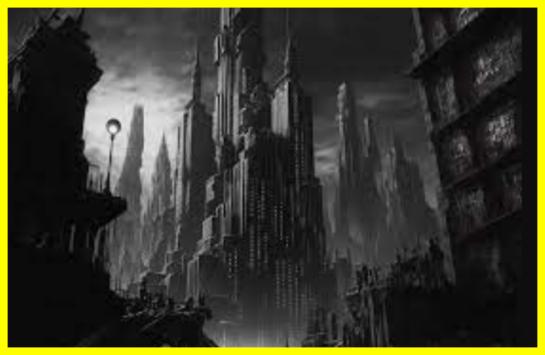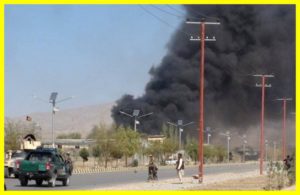The most destructive year for all mankind
The analysis conducted by Harvard University specialists showed that 536 AD was the most severe period in the history of mankind.
Almost all of Europe and part of Asia plunged into darkness for a year and a half, which caused a drop in temperature of almost 2.5 degrees.
Sunlight was so weak that it had a devastating effect on nature and human life.
This year was recognized as the coldest in the last two and a half millennia.
As a consequence, widespread natural disasters, famine, and the spread of disease began.
Further evidence of climate change can be found in the plague and food shortages that struck the eastern part of the Roman Empire.
In 539, there were powerful volcanic eruptions in Iceland, causing an increase in atmospheric ash levels recorded in 540 and 547.
Researchers point out that these events were followed by devastating earthquakes with many casualties.
Floods and outbreaks of epidemics also followed, which only exacerbated the crisis.
VIDEO. Year 536 Was the Worst Year to Be Alive – What Happened?





















